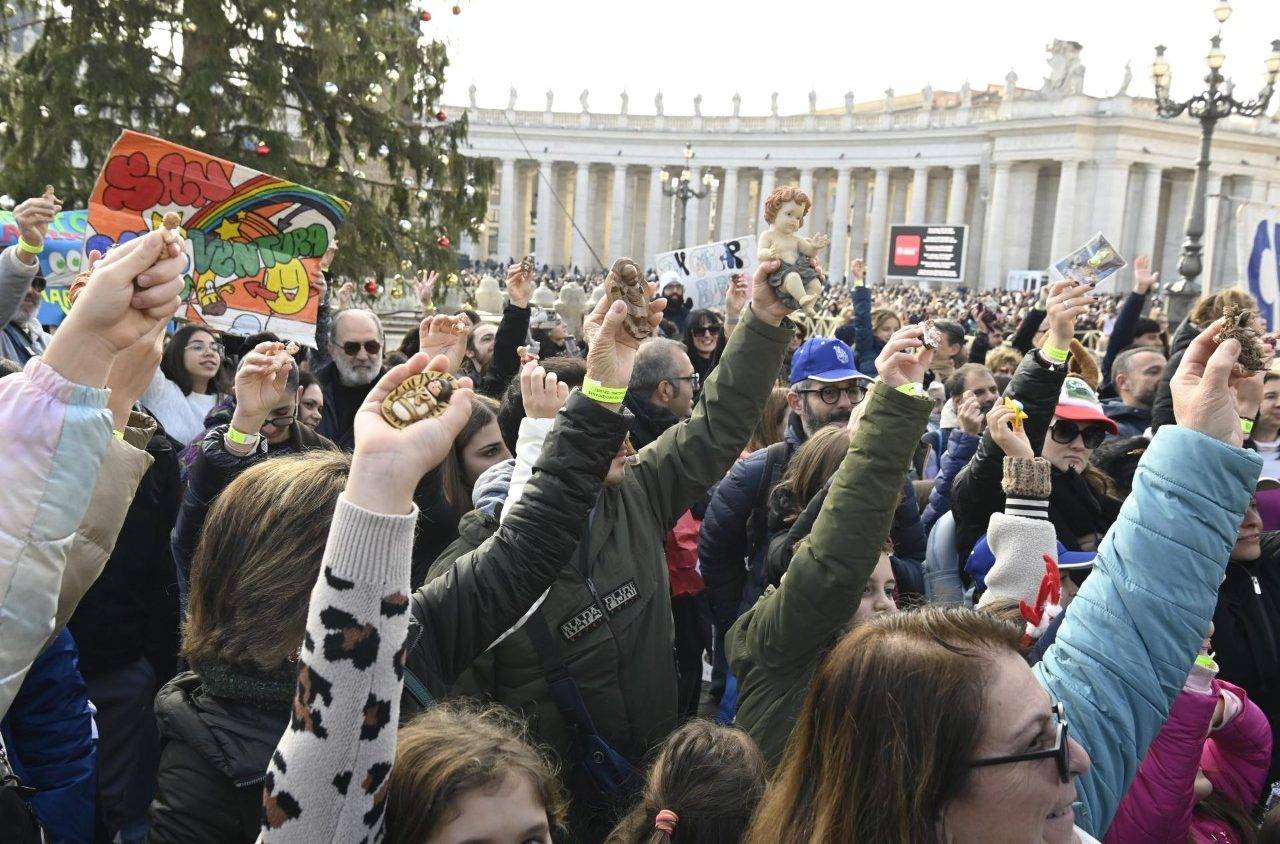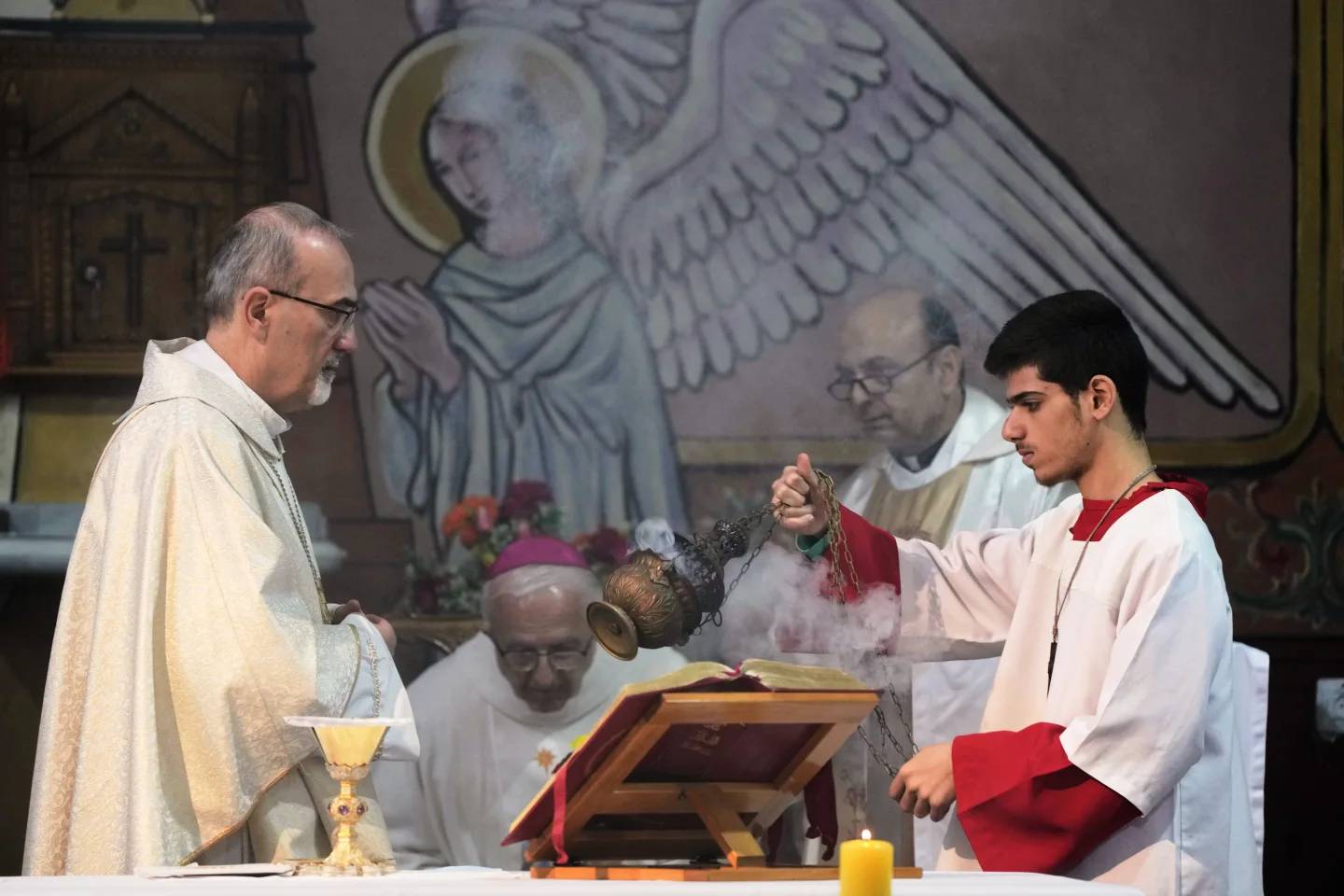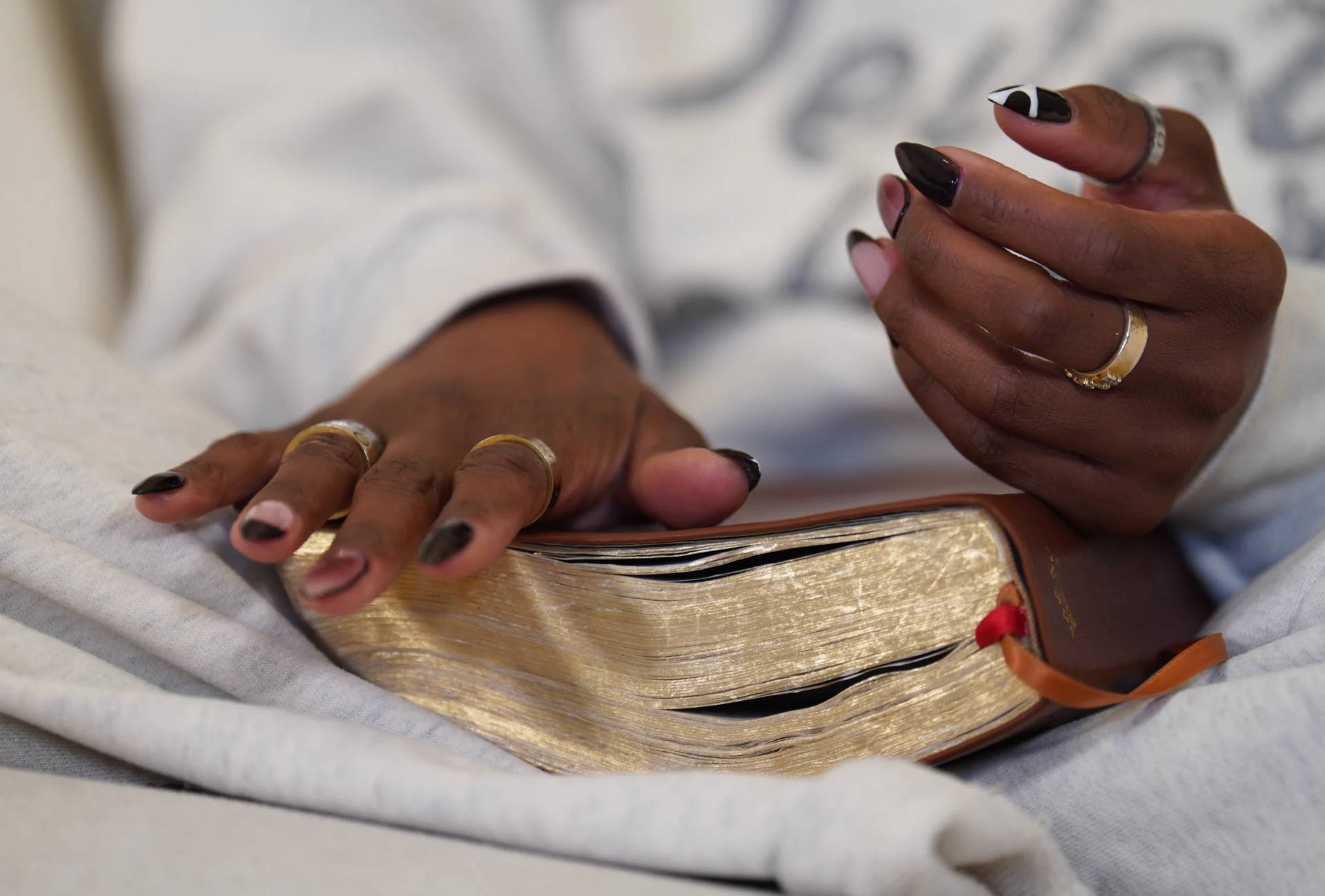ROME – Abuse survivors have criticized retired Pope Benedict XVI’s apology Tuesday for his failures in handling the abuse crisis, saying his refusal to admit wrongdoing in several cases while archbishop of Munich is disappointing and serves as proof that the Church has not learned its lesson.
On Jan. 20 a nearly 2,000-page report commissioned by the Archdiocese of Munich and conducted by the Westpfahl Spilker Wastl law firm was published, finding that 497 people had been abused in the Munich archdiocese from 1945 to 2019, and identifying some 235 abusers, including priests, deacons, and lay Church workers.
Benedict XVI, who led the Archdiocese of Munich from 1977-1982, in three cases was accused of covering up for abuser priests and allowing them to continue to hold assignments. While a fourth case examined found questioned his action, investigators cleared him of fault.
On Feb. 8 Benedict issued a formal response to the report’s allegations in which he apologized and asked forgiveness for his own “grievous fault” in the abuse crisis, saying that given the top leadership roles he has held in the Catholic Church, “all the greater is my pain for the abuses and the errors that occurred in those different places during the time of my mandate.”
RELATED: Benedict XVI denies alleged wrongdoing in Munich report
His legal team, however, denied any wrongdoing in the cases cited in the report, insisting that then-Cardinal Ratzinger had not been aware of the misconduct of the priests in question while making decisions.
Speaking to Crux, Irish clerical abuse survivor Marie Collins, a former member of the Pontifical Commission for the Protection of Minors, noted that “The report commissioned by the Church found four cases of abusive priests being left in ministry during the tenure of Benedict in Munich.”
“When a finding is made against a leader in the church the immediate response is recourse to lawyers, this case is no different,” she said, arguing that “Legal opinions are used to defend the indefensible and moral responsibility is ignored.”
The claim that Benedict was ignorant of the abusive behavior by the priests in each case “is also a typical defense but is no defense at all,” she said, adding that if Benedict’s claims of ignorance are true, “then he was negligent in his leadership as he should have known what was occurring in his diocese.”
Headlines stating that Benedict has ‘asked for forgiveness’ for his failings are “misleading but no doubt welcomed by the Vatican,” Collins said, adding, “As a survivor I am sick of the way words are used in the church to imply one thing while at the same time saying something entirely different.”
“Benedict in his statement of the 8th of February states that he is repeating what he has said to many survivors over the years, that he asks forgiveness for the abuse that has occurred, and the hurt done to them. At no time does he ask for personal forgiveness for any actions of his own!” Collins said.
What is Benedict accused of?
Of the 1,893 pages contained in the Munich report, 220 deal exclusively with Ratzinger’s time in Munich. Of these 220 pages, 73 pages consist of a basic evaluation of four of the five cases of abuse about which experts had “suspicions” in terms of his handling of them, and an additional 66 pages explore a specific case that led to a more in-depth investigation.
Available in the appendix of the report are 82 pages of testimony given by Benedict XVI to the investigators by letter on December 14, 2021.
“Case 37”
One of the cases in which Ratzinger is accused of mishandling is the transfer to Munich of a priest, identified only as “Case 37,” who had apparently been convicted of attempted sexual abuse and insults to children several years earlier, yet he managed to arrive in the Archdiocese of Munich in the late 1970s and was assigned a position with proximity to minors.
This priest was again convicted of abuse of minors twice, with one of the sentences resulting in a suspended prison sentence. He finally underwent specialized treatment and was forbidden by Munich to teach in public schools.
Investigators, after consulting Benedict XVI’s answer regarding this case, in which he denied having precise knowledge of the facts, said Benedict’s response was not enough for them to “fundamentally question” their initial assessment, and therefore they judged that they could correctly assume that Benedict had knowledge of “Case 37’s” actions, having been informed by his vicar upon the priest’s first conviction.
It was also argued by investigators that Benedict XVI had minimized what he described as “lesser offenses” committed by the priest, such as exhibitionism, and voiced regret that preventative actions were not taken and that no action was taken toward victims.
“Case 40”
In another case referred to as “Case 40,” investigators charge that Ratzinger had taken a priest into Munich despite the fact that the priest in question had previously been sentenced to imprisonment for the repeated sexual abuse of children before fleeing to a diocese abroad.
When this priest came to Munich, he was assigned to a chaplaincy but was prohibited from giving religious instruction. This priest was apparently transferred several times, and was finally banned from parish ministry after an instance of exhibitionism in front of children.
In his provided testimony, Benedict XVI said he had no recollection of this priest and was confident that he had not met the priest or dealt with his case. Investigators were not convinced, arguing that Benedict had made “contradictory statements” and that, based on their records, it was “very unlikely” that he had not met with Case 40.
“Case 42”
In the third case in which Benedict is faulted, he is accused of giving a priest known for taking “suggestive photos of young people under 14 years of age” an assignment at a retirement home and hospital. Although the priest was later convicted after his assignment, he did not suffer disciplinary or canonical repercussions.
While Benedict denied having knowledge of the facts at the time, investigators charge that he had been alerted to the priest’s actions through a newspaper article that was sent to him in which the priest was accused of touching a 12-year-old girl. They also insist that Ratzinger at this point should have launched a canonical procedure.
“Case 41”
A case referred to as “Case 41″ or “Case X” was handled separately than the others in the report, as it was investigated in further depth. Investigators who dealt exclusively with this case said this was done due to the number of resources available, whereas in other cases the resources were often “deficient.”
This case, which had been examined already in a previous report in 2010, spans four decades, and includes Ratzinger’s successor in Munich, Cardinal Reinhard Marx, who currently oversees the archdiocese.
In this case, a priest was transferred from a diocese where he had been removed from his work with young people after assaulting three 12-year-old boys. This priest, after underdoing psychotherapy, was taken into Munich by Ratzinger, where he continued to abuse. He had apparently been given a role that involved proximity to children.
Benedict in his testimony denied knowledge of the priest’s background, and while the investigators largely absolved Benedict in this case, they accused him of employing a “protection strategy” in which “almost everything he does not remember did not happen.”
Investigators deemed that the testimony provided to them for the report was “not very credible” and in each of the cases voiced regret for Benedict’s “systematically claimed ignorance” and for his refusal to answer questions about his role after 1982.
Survivors want more
While Benedict XVI’s record and his apology and plea for forgiveness have been praised and defended by collaborators such as Jesuit Father Federico Lombardi, who served as spokesman while Pope Benedict was in office, and Cardinal Sean O’Malley, head of the Pontifical Commission for the Protection of Minors, survivors are less pleased.
In addition to Collins’s critique, the Survivors Network of those Abused by Priests (SNAP) in a statement following the publication of Benedict’s response also weighed, in, saying, “To us, Benedict’s letter is admitting to one thing to cover up a thousand.”
“It is the same pattern of abuse, institutional knowledge, and concealment,” they said, calling his apology “faint, especially to a victim population that could care less what Pope Emeritus has to say.”
SNAP argued that Benedict in his apology was simply repeating words “that have fallen on deaf ears for decades.”
It is no surprise, they said, that Benedict’s legal team attempted to “recreate a narrative in their favor.”
SNAP argued that the apology was done to protect the Church’s “deteriorating image and financial flow to the hierarchy,” insisting that true apologies are followed by genuine acts of reparation, which is “a concept the church does not seem to be able to grasp.”
They criticized Benedict for failing to “do the simple thing and offer full accounting and apology” despite evidence of his mishandling in the Munich report, saying the opportunity the report provided for true accountability “has been squandered.”
“The rot of clergy sexual abuse of children, sadly, runs throughout the Catholic church, to every country, and we now have incontrovertible evidence, all the way to the top,” they said.
In addition to SNAP, several others survivor organizations and individuals working with abuse survivors have voiced disappointment in Benedict’s response, saying his failure to admit wrongdoing falls short of what’s needed for the Church to truly move forward.
The Eckiger Tisch group representing clerical abuse survivors in Germany said Benedict’s response was yet another example of the Catholic Church’s “permanent relativizing on matters of abuse – wrongdoing and mistakes took place, but no one takes concrete responsibility.”
Benedict, the group said, “can’t bring himself simply to state that he is sorry not to have done more to protect the children entrusted to his church.”
Matthias Katsch, a spokesman for the group, told the DPA news agency that Benedict only apologized for making a mistake in the information he provided to investigators in one case, but “He should actually apologize for the whole process, because he is partly responsible for the fact that this priest was able to endanger children in the diocese for decades.”
“That’s the real scandal,” Katsch said, saying to only admit what can no longer be disputed has become a pattern in the Church, and “It really make you feel like you can’t believe them.”
Follow Elise Ann Allen on Twitter: @eliseannallen














